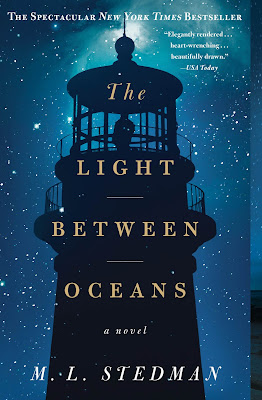"The Diary of Frida Kahlo: An Intimate Self-Portrait" by Frida Kahlo (published 2005)
Reading “The Diary Of Frida Kahlo: An Intimate Self-Portrait” is a perfect way to become acquainted with one of the most renowned artists of all time. First, Carlos Fuentes’ introduction gives insightful and well-researched information on the socio-political backdrop of Mexico during Kahlo’s life (1907 – 1954), shedding light on the importance of Frida Kahlo’s work on Mexican culture and history. Fuentes looks into the syncretic nature of Mexico, making symbolic connections to Kahlo’s art, some intended by Kahlo, some not. The physical body of Frida Kahlo (broken and sick since a tragic accident when Kahlo was eighteen), visualizes the trauma of Mexican heritage, also broken through colonization. Like Frida, Mexico is fractured, a national identity both influenced and torn apart by outside forces.
Perhaps some may still argue that these types of introductions are no longer necessary to appreciate an artist’s work, and that the art can stand apart from any kind of context. Especially in the case of Frida Kahlo, I could not disagree more. Sarah Lowe is the guide, revealing the references within Frida’s art as covered in this diary (spanning 1944-1945). Kahlo’s paintings, writings, and poetry are influenced by Aztec mythology (serving as Kahlo’s reconciliation with Mexico’s cultural fragmentation), communism, especially through Marx, Engels, Stalin, and Lenin, fairy tales (Lewis Carroll’s Alice In Wonderland), political and spiritual love for and with her husband (the well-known Diego Rivera), and the artistic movement of Surrealism, connecting her to artists such as Ernst, Bunuel, and Breton.
The two introductions, one by Carlos Fuentes, the other by Sarah Lowe, are rich with story, and lay down the foundation for peering into Frida’s intimate diary. This is not art many are used to. Going through the pages, one by one, and taking it all in, means paying respect to the brutality Frida Kahlo experienced. Reading this diary is also an act of liberation. Kahlo’s writing is dark, very dark, but hopeful. Frida Kahlo’s diary reveals the purified truth, as she writes, “I never painted my dreams. I painted my own reality.”
The end of the diary includes English translations of all of the work found within the book. For non-Spanish speakers, it is a must to read these translations. They are powerfully touching in both gentle and harsh ways, just as her visual art is. On one page, Kahlo writes:
“Tragedy is the most
Ridiculous thing ‘man’ has
But I’m sure animals suffer,
And yet they do not exhibit their ‘pain’
In ‘theaters’ neither open nor
‘closed’ (their ‘homes’)
And their pain is more real
Than any image
That any man can
‘perform’…”
This passage shows Frida’s perceptive depth. She thinks artistically and philosophically about the actions and personae of animals. In more passages and art pieces her depth of thought regarding things unseen (mythological figures and pure emotion), is just as revealing of her profundity of thought... perhaps she is saying that our suffering would be much greater if it were not for art.
This book is a gift, and how lucky the world is to have access to something so intimate from an absolutely brilliant mind.
Note: “The Diary Of Frida Kahlo: An Intimate Self Portrait” includes a chronology of Frida Kahlo’s life as well as an index within the last pages of the book.




Comments
Post a Comment